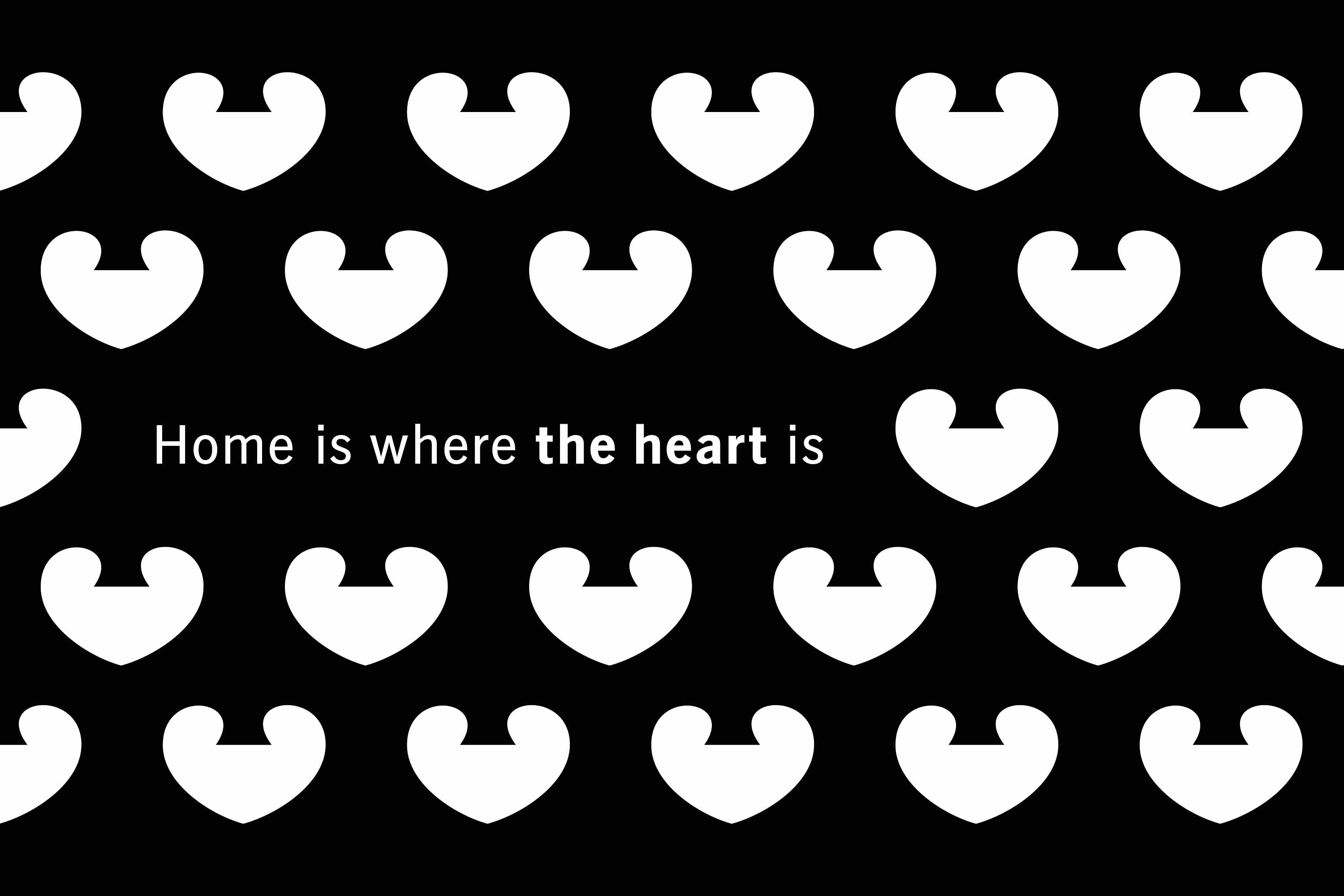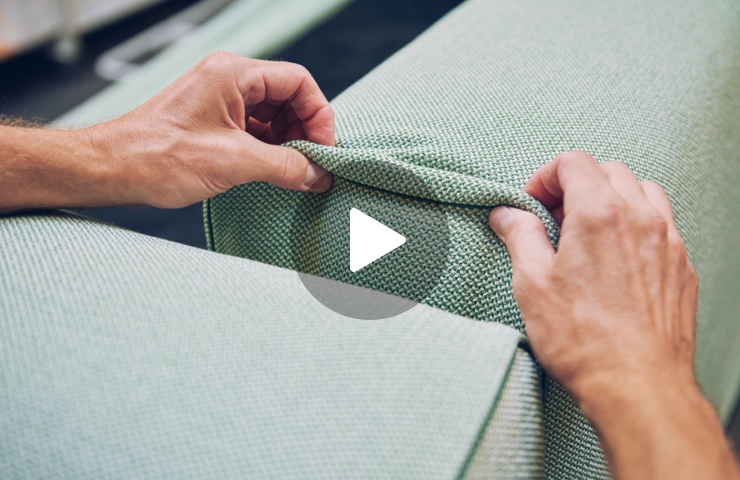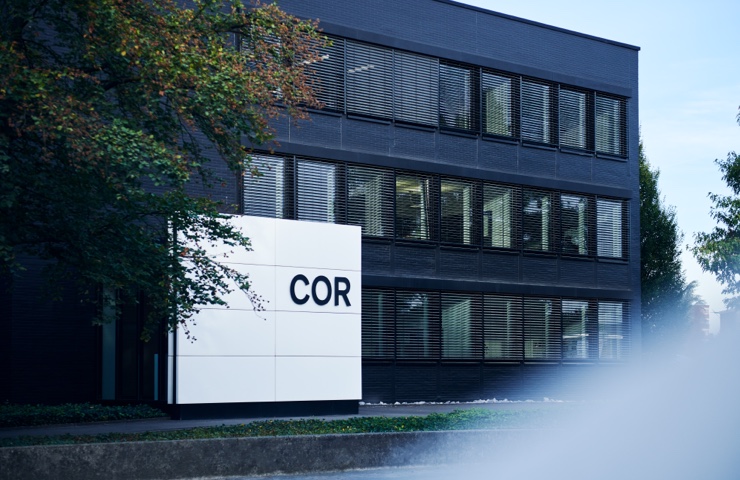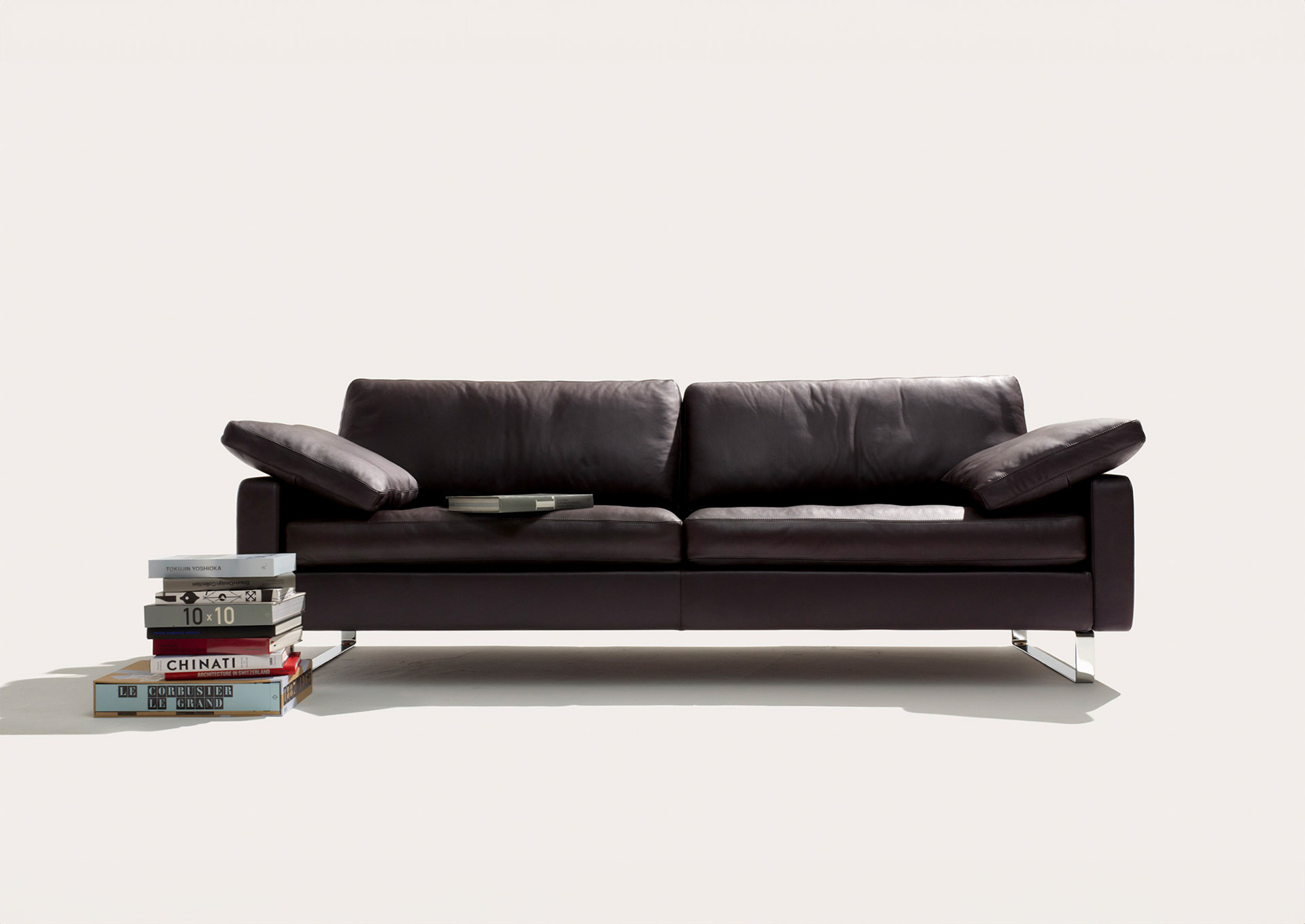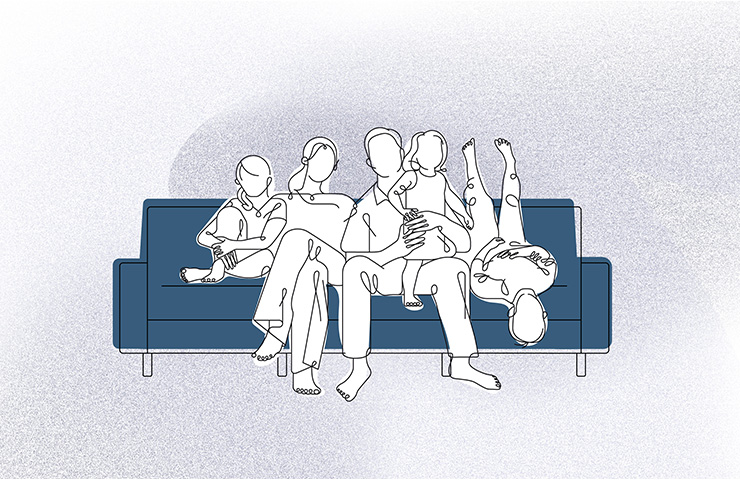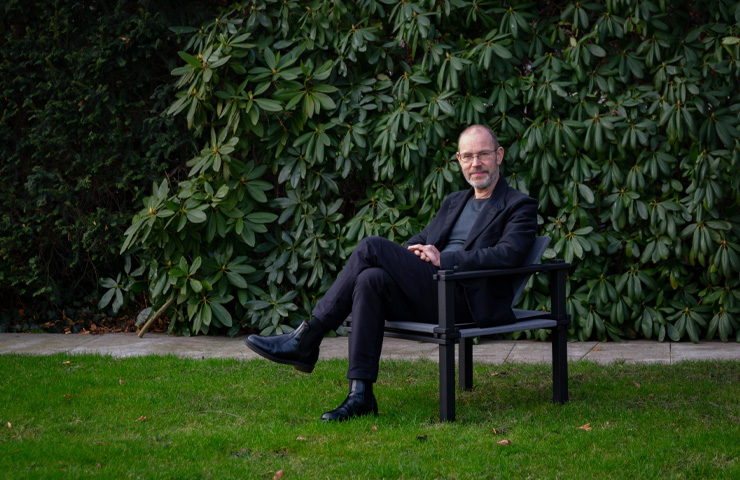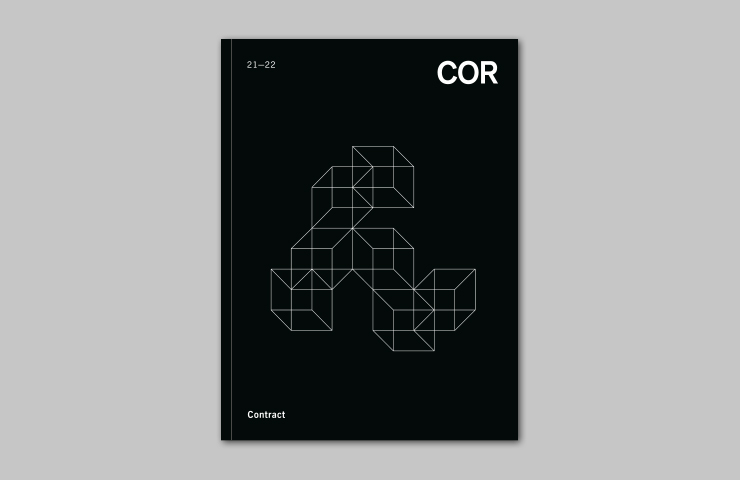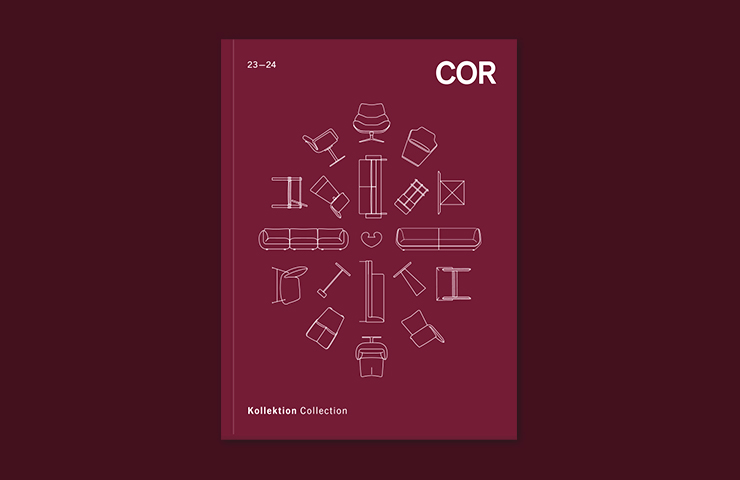A reflection by Oliver Herwig
The great freedom
Trio is turning 50.
On the angles and antics of a classic
that has remained young at heart.
In the early seventies, great freedom also meant a rejection of hard backrests and any form of straight sitting. Lounging, slouching and hanging out were the order of the day. In the middle and underneath: reclining landscapes made of foam on which guests cut a good figure and family and friends could snuggle up.
The shape: straightforward and clear.
With tongue in cheek, one could say that the pleasant Swiss unobtrusiveness contrasted very well with the expressive double seams that separated the individual parts from each other. And of course immediately reconnected them. Because changeability is TRIO's hallmark.
Cosy classic
TRIO is now 50 years old and – quite frankly – it doesn't look its age. The clear form is still captivating, it has a natural presence in the room that makes volumes and proportions appear approachable, as if Franz Hero and Karl Odermatt had sawn out a piece of architectural brutalism with a concrete saw and wrapped it in a cosy cloak.
Over the course of time ...
TRIO has remained true to itself. Admittedly, it has got a bit bigger in the meantime because people have also got bigger, says Leo Lübke. But everything about its refreshing presence is still there. This presence can be felt and succumbed to, indulged in and dreamed of. The classic is alive.
